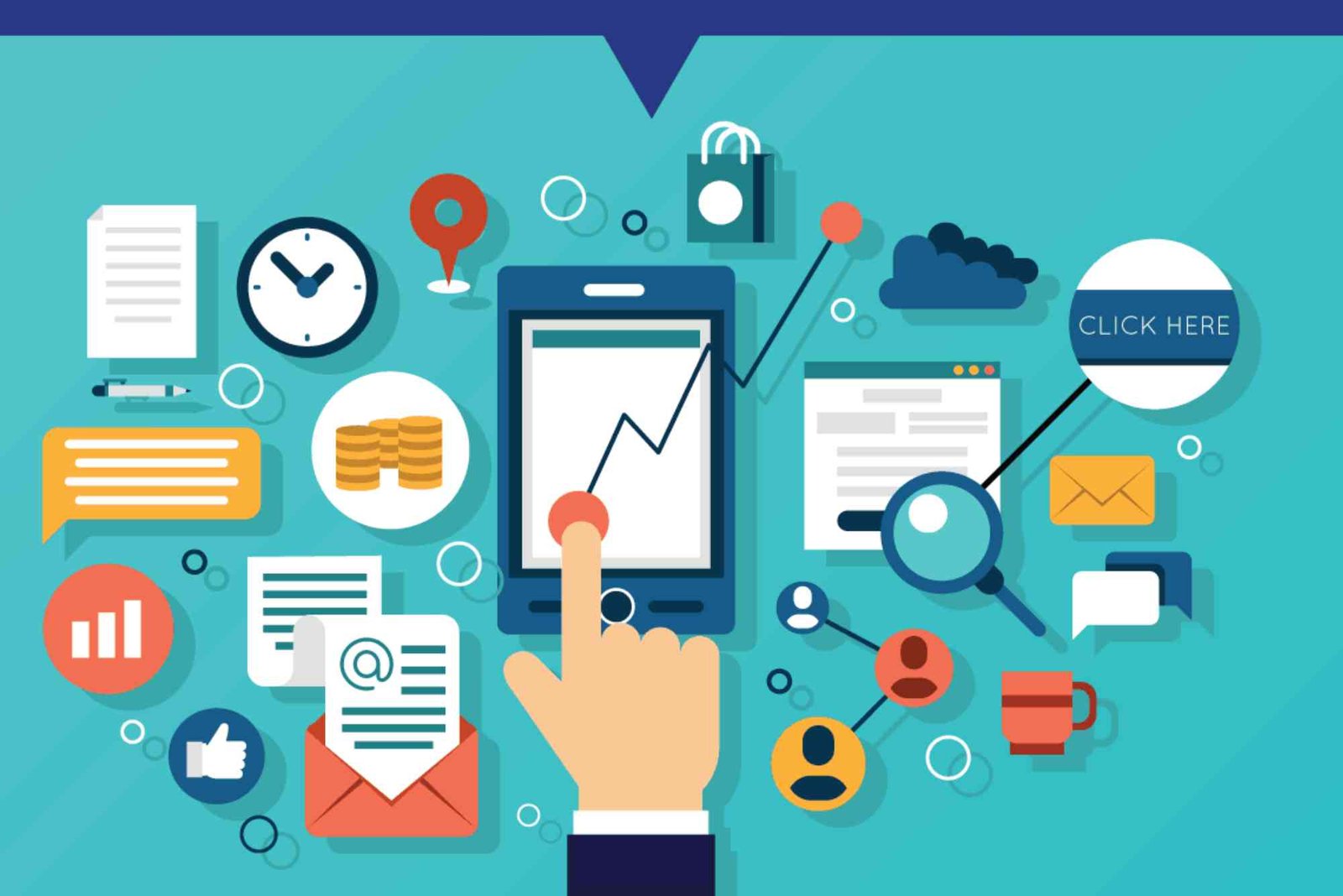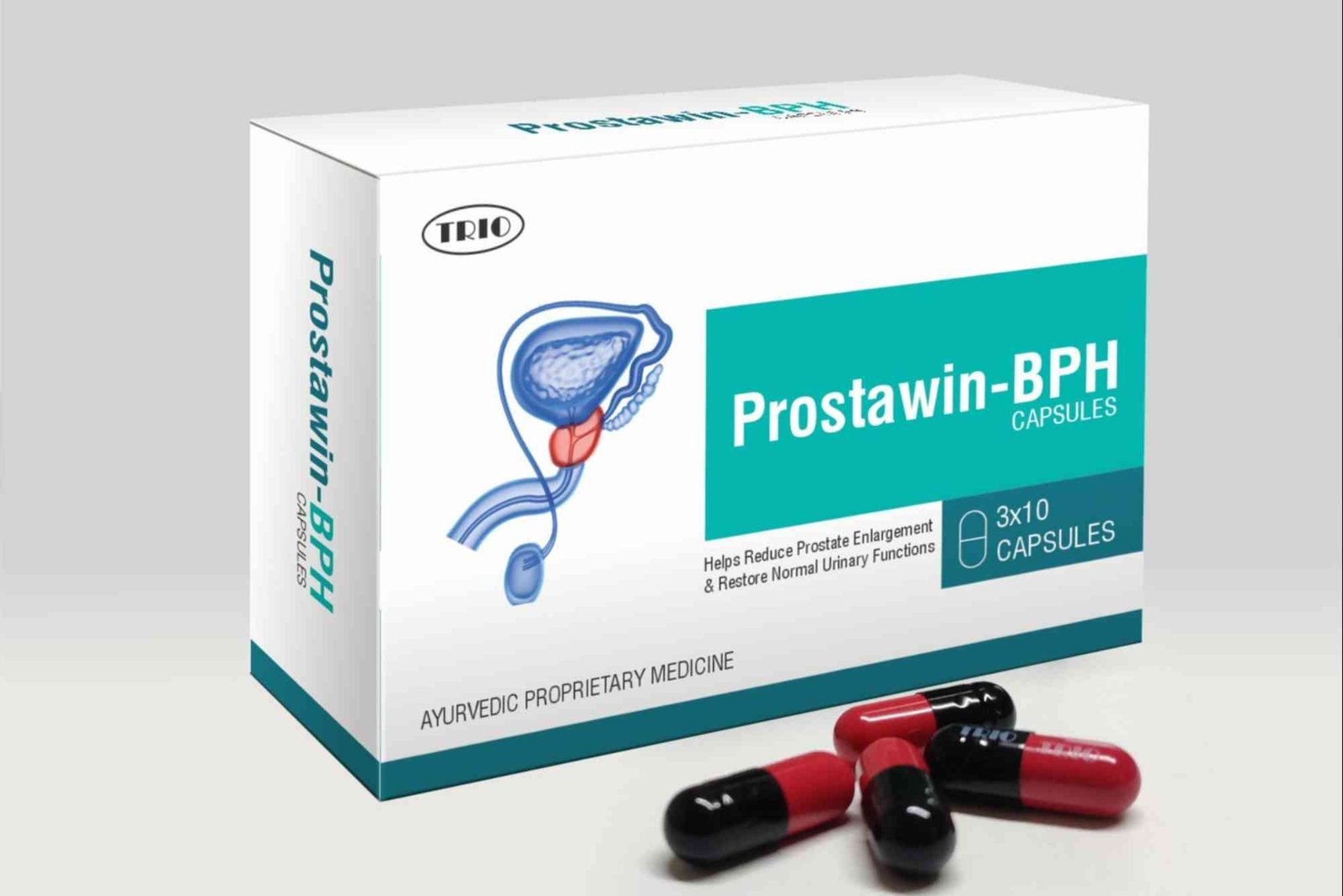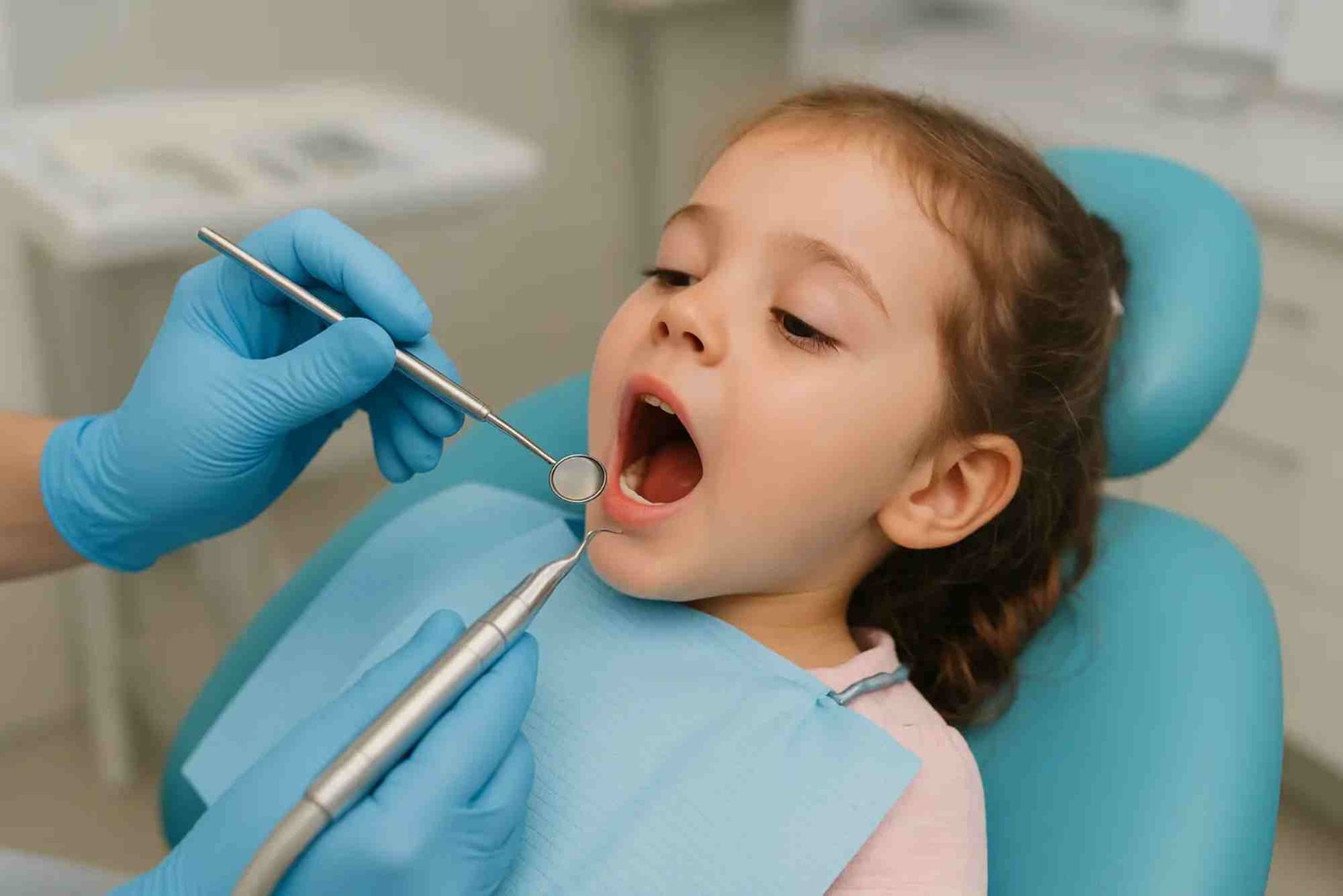Introduction
In today’s digital era, businesses rely heavily on measurable performance metrics. One of the most essential among them is the conversion rate. But what exactly is it, and why does it matter? In this complete 2025 guide, we’ll break down what is a conversion rate in digital marketing, how it’s calculated, why it’s vital for your online success, and actionable strategies to improve it. Whether you run an e-commerce site, a B2B business, or a small local brand, understanding this metric can transform your digital marketing performance.
Understanding Conversion Rate in Digital Marketing
A conversion rate measures the percentage of visitors who complete a desired action on your website or campaign. That action could be making a purchase, signing up for a newsletter, filling out a form, or downloading an eBook. Essentially, it tells you how effective your marketing efforts are in turning potential customers into real ones.
For example, if 1,000 people visit your website and 50 of them make a purchase, your conversion rate is 5%. The higher your rate, the better your marketing and user experience are performing.
If you want a deeper dive into the concept, you can learn about what is a conversion rate in digital marketing for detailed insights and examples.
Why Conversion Rate Matters in 2025
In 2025, digital marketing is more competitive than ever. Brands are investing heavily in paid ads, SEO, content, and social media. However, high traffic means little if it doesn’t lead to conversions. A strong conversion rate ensures your marketing spend delivers real ROI.
Improving this metric not only boosts your revenue but also reduces customer acquisition costs. In other words, you make more money without necessarily increasing your ad spend.
How to Calculate Conversion Rate
Calculating conversion rate is simple but essential. Here’s the formula:
Conversion Rate = (Number of Conversions ÷ Total Visitors) × 100
Let’s say your website received 5,000 visitors last month, and 250 completed a purchase. Your conversion rate is (250 ÷ 5000) × 100 = 5%.
Tracking this regularly helps marketers identify trends, optimize campaigns, and allocate budgets more efficiently.
Types of Conversions in Digital Marketing
Not every conversion involves a sale. Depending on your goals, there are several types of conversions to track:
- Macro Conversions: These are major goals like completing a purchase or booking a demo.
- Micro Conversions: Smaller actions like clicking “Add to Cart,” downloading an app, or signing up for a newsletter.
By measuring both, you can understand your audience’s behavior and refine your marketing strategy accordingly.
Factors That Influence Conversion Rate
Many elements affect conversion rates. Let’s look at the most impactful factors in 2025.
Website Design and User Experience
A clean, responsive design improves user trust and engagement. Fast-loading pages, easy navigation, and clear CTAs (Call-to-Action) all contribute to better conversions.
Mobile Optimization
With over 70% of web traffic coming from mobile devices, mobile-friendly design is non-negotiable. Websites that fail to deliver smooth mobile experiences lose potential customers quickly.
Content Quality
High-quality, persuasive content builds credibility. It should answer user intent, provide value, and encourage action. Avoid generic or keyword-stuffed copy.
CTA (Call-to-Action) Clarity
Your CTA must be visible, persuasive, and actionable. Phrases like “Get Started,” “Book a Free Trial,” or “Download Now” motivate users to act.
Page Load Speed
A delay of even one second can lower conversion rates significantly. Use tools like Google PageSpeed Insights to test and optimize your website speed.
Trust and Credibility
Customers trust brands that showcase testimonials, reviews, and secure payment options. Displaying trust badges and certifications enhances confidence.
Tools to Measure and Improve Conversion Rate
Several digital tools help marketers monitor and optimize conversion performance:
- Google Analytics: Tracks user behavior and conversion goals.
- Hotjar or Crazy Egg: Provides heatmaps to visualize user interactions.
- Optimizely or VWO: Useful for A/B testing landing pages.
- HubSpot: Offers an all-in-one CRM and marketing analytics platform that helps track, analyze, and improve conversion performance.
Using tools like HubSpot can give you actionable insights into what’s working — and what’s not — in your campaigns.
Strategies to Improve Conversion Rate in 2025
As digital trends evolve, so must your approach. Here are effective, research-backed ways to improve your conversion rate this year.
Optimize Your Landing Pages
Landing pages are where conversions happen. A focused, visually appealing, and benefit-oriented landing page converts more visitors. Keep your message consistent with your ads and use strong visuals.
Personalize User Experience
Personalization remains one of the biggest conversion drivers in 2025. Use user data to tailor product recommendations, emails, and offers. AI-powered tools can help you predict what users are most likely to buy next.
Conduct A/B Testing
Never assume one design or message will work best. A/B testing lets you compare two versions of a webpage or ad to determine which performs better.
Improve Your Copywriting
Compelling copy influences decisions. Focus on benefits over features. Tell your audience how your product solves their problems.
Use Social Proof
People trust people. Display customer reviews, testimonials, and case studies prominently on your pages. Video testimonials work particularly well.
Simplify the Checkout Process
Complicated checkout forms often cause cart abandonment. Reduce steps, allow guest checkout, and provide multiple payment options.
Implement Retargeting Campaigns
Retargeting ads bring back users who didn’t convert on their first visit. This strategy often yields higher conversion rates than standard campaigns.
Focus on Visual Content
Videos, infographics, and interactive visuals help communicate complex ideas quickly and hold attention longer than plain text.
Offer Incentives
Limited-time discounts, free trials, or bonuses can create urgency and encourage conversions.
Leverage Chatbots
AI chatbots can assist users in real-time, answer questions, and guide them through purchase decisions, improving the overall experience.
Conversion Rate Benchmarks by Industry
Conversion rates vary by industry and traffic source. In 2025, the average rates look like this:
- E-commerce: 2.5%–3%
- Finance: 5%–10%
- B2B: 3%–5%
- Healthcare: 4%–6%
- Travel: 1%–3%
Understanding your industry average helps set realistic expectations and track progress effectively.
Common Mistakes That Lower Conversion Rate
Even experienced marketers can make errors that reduce conversions. Avoid these common pitfalls:
- Ignoring mobile optimization
- Overloading pages with pop-ups
- Poor or confusing CTAs
- Slow site performance
- Lack of trust indicators
- Not tracking or testing regularly
A small fix in any of these areas can lead to significant improvements in conversion performance.
Future Trends Affecting Conversion Rate in 2025
As we move deeper into 2025, several trends are shaping how businesses approach conversion optimization.
- AI-Powered Personalization: Predictive analytics helps tailor marketing in real-time.
- Voice Search Optimization: More people use smart speakers for product research.
- Interactive Experiences: Quizzes and dynamic landing pages improve engagement.
- Privacy-Focused Marketing: Transparency and user consent improve trust and conversions.
- Short-Form Video Influence: Platforms like TikTok and Instagram Reels drive faster purchase decisions.
Staying ahead of these trends ensures your strategies remain relevant and effective.
FAQs
What is a good conversion rate in digital marketing?
A good conversion rate depends on your industry, but generally, 2–5% is considered solid. Top-performing sites can reach 10% or higher.
How often should I measure my conversion rate?
Monitor your conversion rate weekly or monthly. Frequent analysis helps identify sudden drops or successful experiments.
Can SEO improve conversion rate?
Yes. High-quality SEO attracts the right audience, improving the likelihood of conversions since users find content that matches their intent.
What’s the difference between conversion rate and click-through rate (CTR)?
CTR measures how many people clicked your link, while conversion rate measures how many completed your desired action after clicking.
What tools are best for improving conversion rate?
Google Analytics, Hotjar, Optimizely, and HubSpot are among the most effective tools for tracking and improving conversions.
Understanding what is a conversion rate in digital marketing isn’t just about metrics — it’s about business growth. By analyzing data, improving user experience, and continuously testing, you can significantly enhance your online performance.
In 2025, success depends not only on attracting traffic but on converting it effectively. Start optimizing today — experiment, measure, and adjust. The results will speak for themselves.
For more in-depth digital marketing insights, you can browse more marketing & advertising articles and keep learning how to scale your business efficiently.








